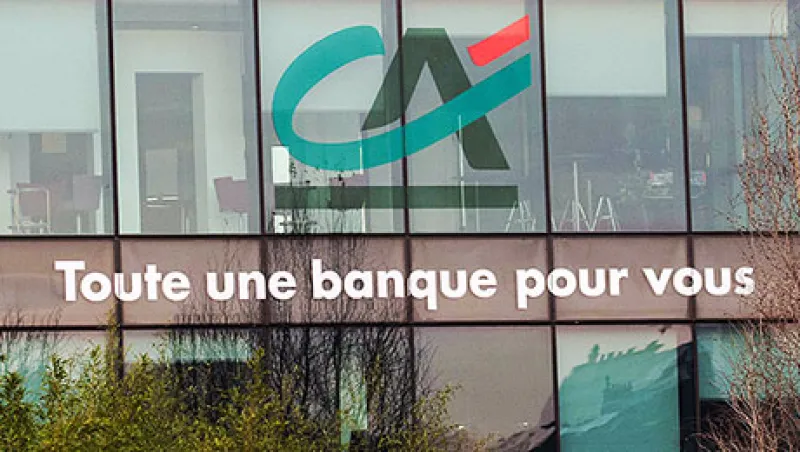In what is, by some estimates, the biggest impact deal ever announced, the U.S. hedge fund firm Mariner Investment Group and French bank Crédit Agricole announced on Monday a $3 billion, socially responsible synthetic risk transfer.
The French bank is shifting $3 billion in risk assets — from approximately 200 borrowers in areas from across its loan portfolio, including power, oil and natural gas, real estate, infrastructure, and aviation — off its books. Notes corresponding to the $3 billion of assets have been purchased by Mariner, which has two funds with a combined net assets under management of $1 billion, dedicated to international infrastructure finance.
What marks this transaction as significant in the field of so-called impact investing — that is, investments that seek to have a beneficial environmental or social impact as well as generate a financial return — is what Credit Agricole plans to do with the proceeds. The bank has committed to using at least $2 billion for new lending in the green sector, in such areas as renewable energy, energy efficiency loans for commercial real estate renovation, public transportation, and sustainable waste and water treatment facilities.
Andrew Hohns, lead portfolio manager for Mariner’s infrastructure financing strategy, says Mariner had always developed these infrastructure funds with impact in mind: A portion of the profit goes to the U.S. Fund for UNICEF, and Mariner is mindful of the multiplying power of securitization to free up more capital for greater impact. Credit Agricole’s willingness to commit to green projects takes that impact commitment a giant step forward, he says.
“We are just so excited to be in such a close collaboration with one of the leading investment banks in the world,” says Hohns. As for the impact commitment, Hohns says, “The bank said they were thrilled to do it, because they wanted to send a strong signal” internally that these environmentally friendly projects are important to them as an institution. Crédit Agricole will report out on the impact of its loans.
Synthetic securitization is not often associated with social responsibility. The 2007 and 2008 sub-prime mortgage crisis was a result of the ability of banks and other lenders to move mortgage risk off their books onto other capital markets participants in the form of collateralized loan obligations and other products. Nor are hedge funds, or French banks for that matter, often looked at as champions of social good. Some French banks, including Crédit Agricole, were among the institutions fined by U.S. regulators for doing business with such countries as the Sudan, Cuba, Myanmar and Iran.
Yet the beneficial impact of providing credit to low-income households has been proven by the micro-lending boom. Meanwhile, so-called social finance bonds — where capital is raised to address specific social or environmental issues, such as prison recidivism, and the payout comes from successful implementation typically resulting in some kind of cost reduction to the private sector — have demonstrated to usefulness of capital markets tools to addressing social and environmental concern.
As a hedge fund $5.5 billion Mariner has been among the most progressive in expressing concerns about the broader effects of its investments. It was among the first hedge fund mangers to sign up to the Principals of Responsible Investment — a pledge to integrate the consideration of environmental, social and corporate governance factors, or ESG, into investment decision making processes — and has been active in considering ESG-related investment strategies.
Credit Agricole too has long been a leader among the big banks in expressing concerns about the environment. It was a founding member of the banks that formatted the Equator Principles, a framework for managing environmental and social risk in project finance deals developed in 2003, and played a major effort in their 2013 expansion. Since 2009 the bank has assessed the environmental and social sensitivity of all its transactions and beginning in 2013 developed a criteria for interrogating ESG awareness into its transactions.
It is not just a desire to be good global citizens that has firms like Mariner and Credit Agricole upping their ESG game. It’s good business — or at least it can be, especially when it comes to spending on clean and renewable energy infrastructure. Reports suggest that to keep global climate emissions at such a level that the earth’s atmosphere does not overheat, governments and other parties, including private-sector capital, need to be spending as much as $500 billion a year in green infrastructure projects by 2020 and $1 trillion by 2030. Even U.S. President Donald Trump — who has vowed to take America out of the 2015 Paris Climate agreement, a commitment to lowering climate emissions — reportedly includes renewable energy as part of his infrastructure proposal.






